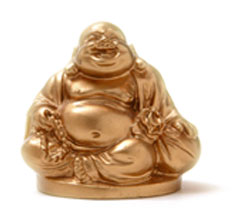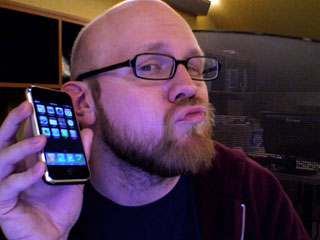1. Define the question
Can it be proven, via scientific method, that I am awesome?
2. Gather information and resources (observe)
This intensely stressful weekend contained much empirical data that would point to me being awesome.
3. Form hypothesis
I am awesome.
4. Perform experiment and collect data
Test the first: Audition with South Milwaukee PAC.
Test the second: SAFD Quarterstaff Skills Proficiency Test, choreographed by Chuck Coyl, adjudicated by Dale Girard.
Test the third: Audition with Lakeland Players, Ltd.
5. Analyze data
Results of first test: Offered lead role upon completion.
Results of second test: Passed with partner, 7/8 weapons now recognized proficient.
Results of third test: Callback, positive feedback from directors and from others in audition, encouraging talk of possible lead role.
6. Interpret data and draw conclusions that serve as a starting point for new hypothesis
The first test gives positive empirical evidence of awesomeness due to increased name recognition in local community, as well as experience in lead role. Special thanks to co-researcher, J. Green.
The second test presents more positive results, due to success in test and in strengthened friendships and connections within SAFD. Special thank to co-researcher, S. J. Anderson.
Though the results of the third test are still in the lab, preliminary reports point to success, though the level of that success cannot be currently reported with accuracy. However, delivery of certain materials produced responses ranging from highly satisfactory to exemplary.
7. Publish results
Published in journal, Buddha’s Bellyaching, March 2008 edition.
Reference in shared resource, Facebook.
8. Retest (frequently done by other scientists)
So, I put it to you: Am I awesome? (Please note that any negative response may result in crushed ego, tears, tantrums, and verbose and tedious affirmation dialogue. You have been warned.)





